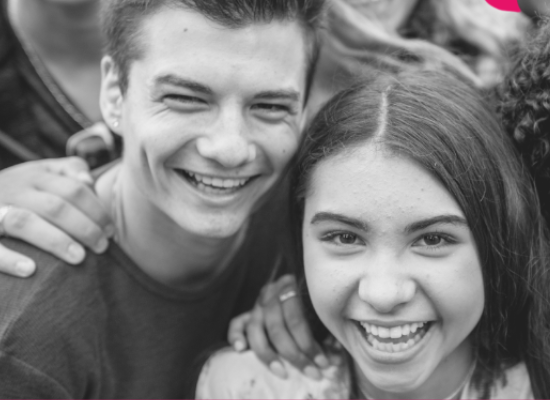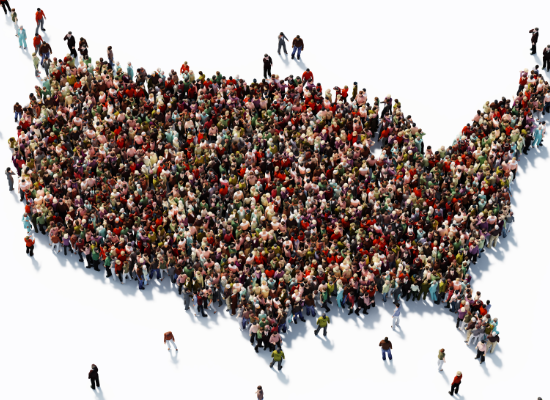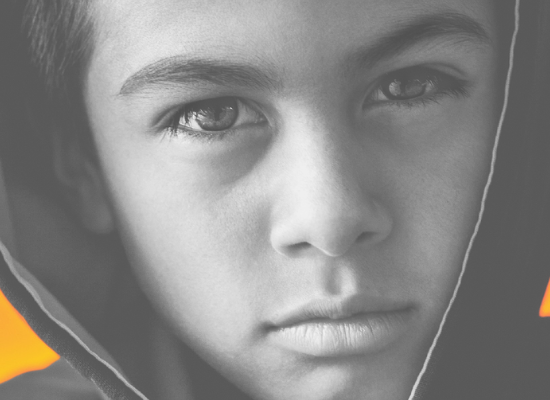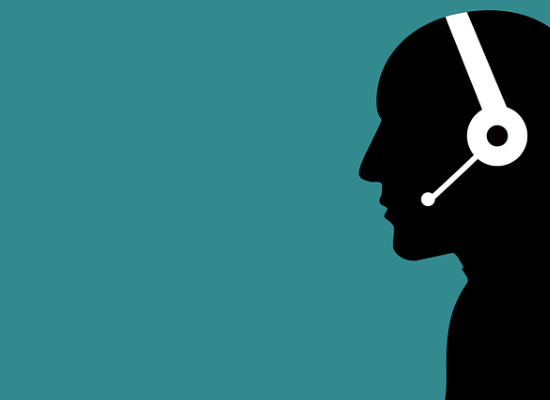
Stephanie Hepburn is a writer in New Orleans. She is the editor in chief of #CrisisTalk. You can reach her at .
Nationwide, cities and counties are developing 911 call matrixes to triage behavioral health calls. Austin, Harris County, Los Angeles County, and Tucson are among them. Behavioral health and law enforcement experts in those communities say it has been vital for providing standardization and diverting the vast majority of mental health and substance use crisis calls from a law enforcement response. However, a statewide call matrix has seemed improbable since many states have hundreds of public safety answering points. That is, until now. Alexandria Robinson-Jones shares with #CrisisTalk how Virginia has developed a statewide 911 call diversion matrix and protocols. She’s the Behavioral Health (MARCUS Alert) Program and Training coordinator at Virginia’s Department of Behavioral Health and Developmental Services.
Last year, to prepare for 988, the state amended and reenacted its code, putting into effect a comprehensive crisis system, 988 service fees, and essential components of the Marcus alert system. The latter—sometimes also called “Mental health awareness response and community understanding services alert system”—is named after Marcus David-Peters, a science teacher experiencing a mental health crisis when a Richmond police officer shot and killed him on May 14, 2018.
Virginia developed the Marcus alert system to provide clear 911 protocols that divert people in a mental health, substance use, or developmental disability crisis from a law enforcement response. “Marcus-David’s family and advocates wanted to ensure individuals could get help when and where they needed it,” says Robinson-Jones. “The only available resource was calling 911 or calling the police.”
The Marcus-David Peters Act, enacted in 2020, calls for a comprehensive crisis system. “Like many other states, our behavioral health crisis system has been a piecemeal approach,” says Robinson-Jones, “and it’s really putting a strain on our partners, such as law enforcement, requiring them to have a more active role in dealing with situations they don’t have the skills to effectively address.” She notes that, especially among marginalized groups who’ve had adverse experiences with law enforcement, a police presence is often unwanted by those in crisis and their family members. “It can exacerbate an already potentially volatile situation.” April data from the Washington Post’s police shooting database highlights that of people killed in the United States by a police officer in the line of duty since January 1, 2015, 22% were Black, 15% were Hispanic, and 22% were identified as having a mental illness.
The act mandates not only the development of a crisis continuum—including 5 regional 988 crisis call centers and regionally-located mobile crisis services—but also interconnectedness within and between behavioral health and 911 crisis systems. Robinson-Jones says the alert system bridges ongoing initiatives in Virginia, bringing them together through three protocols:
- The vast majority of 911 behavioral health calls divert to the 988 system.
- Regional behavioral health mobile crisis hubs and law enforcement have formal agreements.
- Law enforcement agencies have a specialized response to behavioral health calls.
Virginia’s 911 call matrix has four risk levels—routine (level 1), moderate (level 2), urgent (level 3), and emergent (level 4). The 911 call centers triage the first two levels to regional 988 call centers, including moderate calls requiring in-person intervention. “We recommend a mobile crisis response for level 2 calls,” says Robinson-Jones. The regional call center or mobile crisis hub would dispatch the team.
For localities that haven’t yet established or have understaffed mobile crisis teams, the state recommends a co-response team do the in-person response. “If a community doesn’t have a behavioral-health only team, we’d want them to dispatch a co-response team,” she says. “We acknowledge that there’s so much variability across the state, and communities have different resources.” A co-responder model typically includes two-person teams that comprise a police officer, emergency medical technician, or nurse partnered with a behavioral health professional.
On the matrix, the risks rise with each 911 call level. While levels 1 and 2 go directly to a regional 988 call center, level 3 and 4 calls require a more nuanced approach. Robinson-Jones says that a level 3 call response should consider specialized populations. “That might mean looking to REACH teams for people with developmental disabilities,” she says, “or our children’s mobile crisis teams.” REACH teams serve people with co-occurring diagnoses of developmental disability and behavioral health needs. “Incorporating specialized teams helps ensure that people have the response they need and that law enforcement isn’t automatically dispatched.”
For level 3 calls, a specialized behavioral health team might go out while law enforcement is staged nearby, in case they’re needed. “If not, then they remain out of sight,” notes Robinson-Jones.
The highest risk 911 call—level 4—requires a dispatch of emergency medical services or police, depending on the situation. “It might mean there’s an active suicide attempt, an assault, or a present and accessible weapon,” she points out. In these cases, a behavioral health team could be staged nearby. “When EMS or law enforcement determines a scene to be safe or stabilized, that’s when behavioral health teams may get involved.”
While Virginia promotes best practices through its call matrix recommendations and protocols, only two elements of the 911 call matrix are requirements: level 1 calls must divert to the 988 call centers, and 911 must dispatch a traditional first responder for a level 4 call. However, many communities in the state are expanding their mobile crisis services to meet best practice standards and developing 911 diversion programs. “They understand that law enforcement isn’t the right response for a person in a mental health crisis,” says Robinson-Jones.
To further coordinate the 911 and behavioral health crisis systems, Virginia law requires local law-enforcement departments, including police officers at colleges and universities, to enter memorandums of agreement with mobile crisis response providers. Mobile crisis or community care teams might respond alone or with police backup, depending on the severity of the situation. However, law enforcement would be available to provide backup, if needed, and under the state’s protocols and best practices.
Under state code, law enforcement must have a specialized behavioral health response when diversion isn’t feasible. Besides training, the crisis response should consider how the presence of a uniformed officer or marked police vehicle can affect care. The aim, says Robinson-Jones, is to effectively divert mental health and substance use crises to the behavioral health crisis system, even in high-risk cases. “Once safety is determined,” she says, “it’s critical to involve behavioral health workers in situations with a large behavioral health component.”
The agreements between mobile crisis services and law enforcement help define bidirectional responsibilities and establish direct pathways to one another through priority, dedicated access lines. “988 can rapidly transfer calls to a PSAP,” she says. “and vice versa—calls that start at 911 can quickly divert to 988.” The lines are prioritized, and because they’re dedicated, it’s clear which public safety answering point is outreaching 988. “This helps when a call needs to be sent back and with data collection.”
In March, the state legislature amended the Marcus-David Peters Act to allow communities with a population of 40,000 or less to opt out of having a specialized police response to behavioral health calls and opt out of formal agreements between law enforcement and crisis hubs. This affects roughly 19% of Virginia’s population. However, all communities, regardless of size, must establish local protocols for 911 diversion to a crisis call center for “risk assessment and engagement.” “That includes,” notes Robinson-Jones, “assessment for a mobile crisis or community care team, if available.” The state is developing a survey geared to key players in smaller localities to determine barriers to implementing the Marcus alert.
A diverse workgroup of law enforcement, state agencies, behavioral health organizations, and social justice, racial equity, and disability advocates developed Virginia’s 911 call matrix and protocols. “We wanted to look at standardization and divert behavioral health calls to the regional 988 call centers,” she points out. The state is also reviewing law enforcement policies and practices and establishing protocols to decrease arrests and use-of-force incidents. “We are reviewing those policies at the state level.” However, localities are doing much of the work. “We developed a statewide plan and framework, but it’s locally implemented.”
What Robinson-Jones is most proud of is the community involvement in developing the Marcus alert system. “People from marginalized communities have long felt they didn’t have a voice to share what they needed from Virginia’s crisis system,” she says. “It can be scary and traumatizing to have someone in uniform show up on the worst day of your life.”
She points out that local communities and their partners need to examine how to improve the situation, while state plans need to consider that “each community has its own history and unique differences.” “States must allow them to adapt the plan in a way that makes sense for them.”










